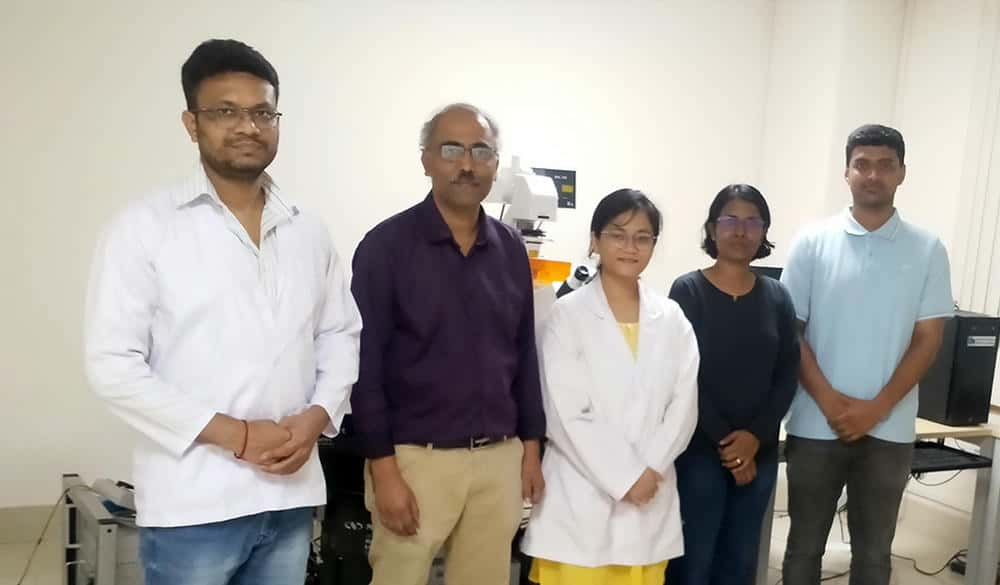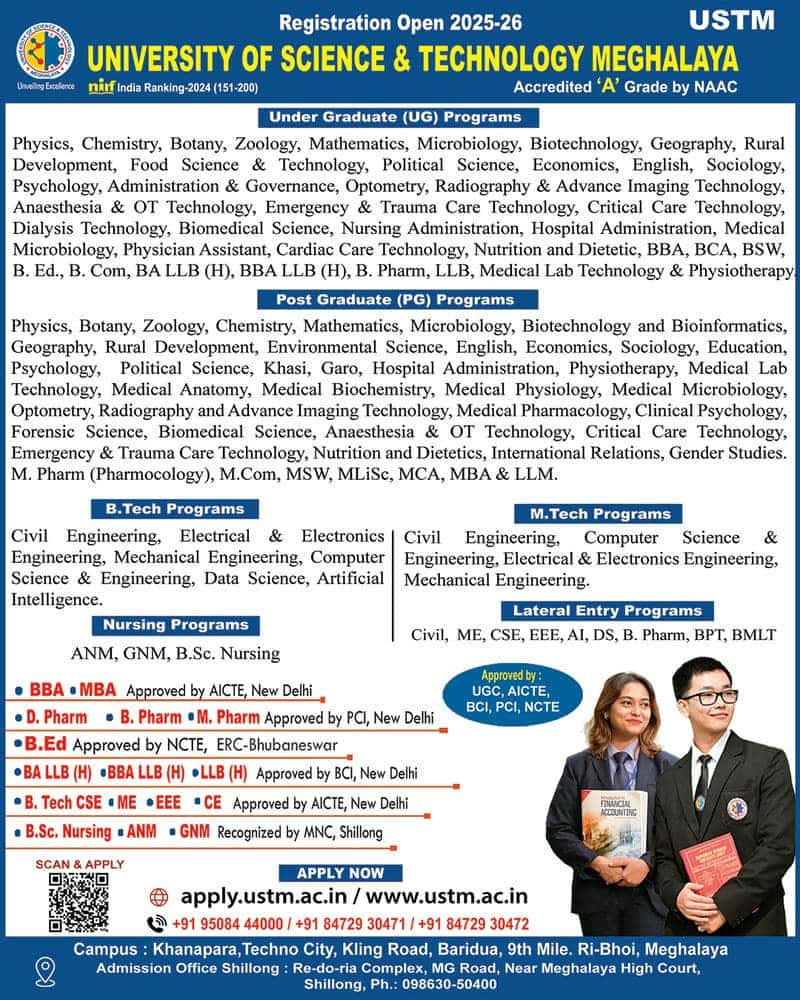IIT Guwahati unveils low-cost UV sensor for rapid cyanide detection in water and human cells

A research team at the Indian Institute of Technology Guwahati (IIT-G), led by Prof. G. Krishnamoorthy from the Department of Chemistry, has developed a fluorescent “turn-on” sensor that can detect trace amounts of cyanide in water and human cells using just UV light.
The sensor, built on a compound called 2-(4′-diethylamino-2′-hydroxyphenyl)-1H-imidazo-[4,5-b]pyridine, shifts from weak blue to bright cyan fluorescence when exposed to cyanide. This colour change is specific, rapid, and highly sensitive—even in real-world conditions such as river water and breast cancer cells. The detection threshold is as low as 0.2 μM, well below the World Health Organisation’s safe limit of 1.9 μM in drinking water.
Cyanide is a dangerous industrial chemical used in plastic manufacturing, metal cleaning, electroplating, and mining. Improper disposal often leads to environmental contamination. Even small amounts in drinking water can fatally disrupt the body’s oxygen supply. Rapid detection is essential for both public health and forensic investigations.
Unlike most sensors that “turn off” or dim in the presence of a target chemical—risking false negatives—this sensor lights up. “What sets this sensor apart is its versatility,” said Prof. Krishnamoorthy. “It works in river and tap water with 75–93% accuracy, can be embedded into portable paper strips, and is effective in live cell imaging.”
Beyond detection, the sensor also acts as a basic logic gate—a building block of digital electronics. This opens the door for integration into smart sensing devices capable of real-time, automated chemical detection.
The research, published in Spectrochimica Acta Part A: Molecular and Biomolecular Spectroscopy, was a collaborative effort with Prof. Bithiah Grace Jaganathan of the Department of Bioscience and Bioengineering. Research scholar Mongoli Brahma led the development, supported by Arup Das Kanungo, Minati Das, and Sam P. Mathew.
Next, the team is developing a simple test kit to detect a broader range of toxic compounds. This advancement promises to make high-precision chemical testing accessible, affordable, and widely deployable with only a UV light source.





Leave a Reply